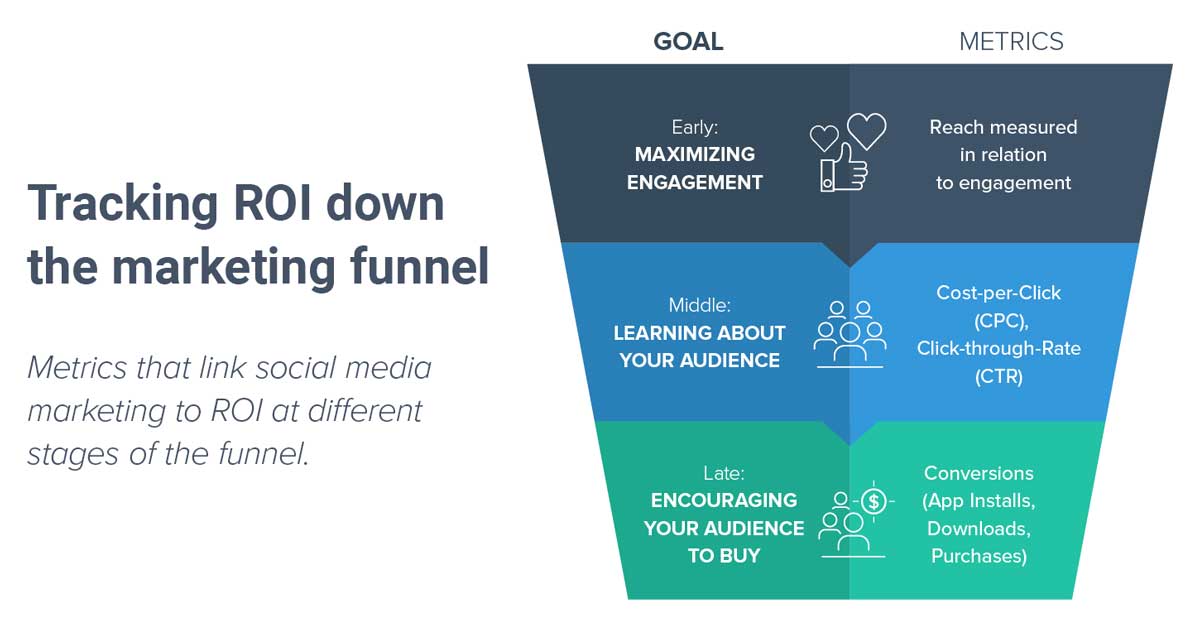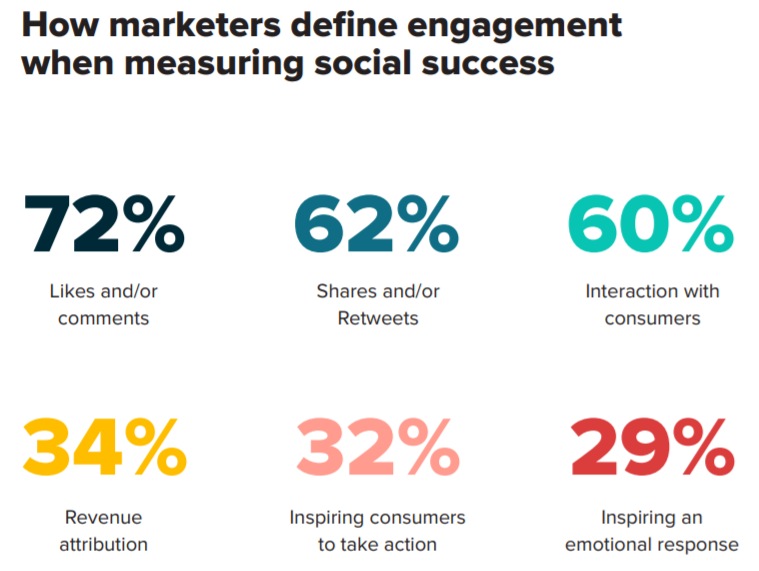Are you investing energy into organic social posts but unsure whether your efforts actually move the needle? If you’re working in digital marketing or handling social for your business, tracking the ROI of organic social posts is crucial. Yet, most brands and marketers still struggle to connect likes and comments to hard numbers—leads, sales, and true business value. In this blog, you’ll discover exactly how to track ROI of organic social posts, why it matters, and the best tools and frameworks to make your social strategy truly results-driven. We’ll cover actionable steps, real-world examples, common pitfalls, and answer all your burning questions so you can finally measure what matters and prove the impact of your social posts.
What is ROI of Organic Social Posts?
Tracking ROI (Return on Investment) of organic social posts means measuring the value your brand gains from unpaid social content compared to the time, effort, and resources invested. While paid social campaigns have clear costs and conversion tracking, organic posts are trickier; their value isn’t just about direct sales but also includes engagement, reach, leads, website traffic, brand awareness, and long-term relationship-building.

So, when you track ROI of organic social, you’re answering this critical question: “Are my social posts contributing measurable value to my business goals?” Whether your aim is more customers, email signups, or building thought leadership, understanding this helps you allocate your time and energy efficiently.
Why Tracking ROI of Organic Social Posts Matters
Why do so many top brands obsess over tracking the ROI of organic social posts? Because proving value is essential for:
- Securing leadership buy-in and budget for social activities
- Aligning social media content to business goals
- Refining your social strategy based on data (not guesswork)
- Optimizing content that moves the needle
- Reducing wasted time on under-performing posts
- Building a business case for investment in your social team or tech stack
- Justifying social efforts to stakeholders and clients
Almost 70% of marketers feel pressure to prove the ROI of their social efforts (according to Sprout Social’s 2025 report). Plus, as budgets get tighter, knowing the pay-off of your social posts helps you stand out.

Real-World Examples & Use Cases
Let’s look at how brands and marketers are mastering tracking ROI of organic social posts, using practical scenarios:
1. Driving Website Traffic
A SaaS brand posts thought-leadership content on LinkedIn and tracks click-through rates (CTR) using UTM links in all social posts. Google Analytics reveals a 20% increase in organic traffic from social, translating to more demo signups.

2. Boosting Brand Awareness
A consumer goods company monitors post reach, shares, and organic impressions to measure brand lift. After a content series, they see brand mentions spike and new followers increase by 35%, correlating to higher search demand for their products.

3. Generating Leads & Sales
A B2B agency shares case studies and uses native lead gen forms on Facebook and LinkedIn. They track form completions attributed to specific posts, showing that organic engagement leads to 12 new qualified leads per month—no ad spend needed.

Step-By-Step: How to Track ROI of Organic Social Posts
Ready to connect your social posts to real business results? Here’s a proven, practical framework:
1. Set Clear Goals & KPIs
Begin with “What do we want our organic social posts to achieve?” Popular objectives include:
- Increase web traffic
- Drive lead generation
- Boost brand awareness
- Increase customer engagement (comments, shares, DMs)
- Generate sales/conversions

2. Assign Value to Actions
Map social metrics to business outcomes. For example:
- Assign a $ value to a web lead based on average conversion rates
- Estimate value for website visits, shares, or downloads
- Use analytics to assess the revenue from social-assisted conversions

3. Use Tracking Links & UTM Parameters
Always use UTM-tagged URLs for links in your social posts. This allows you to see exactly which posts drive site traffic, leads, or purchases in Google Analytics.
Try tools like Hootsuite’s social media ROI calculator to forecast and analyze your results.
4. Analyze Platform Insights & CRM Data
Combine native platform analytics (Facebook Insights, LinkedIn Analytics, Instagram Insights) with Google Analytics, and (if possible) your CRM. This connects social touchpoints to leads and sales, showing the full customer journey.

5. Calculate ROI with a Proven Formula
For organic social, ROI is usually calculated as:
ROI (%) = (Value Generated – Cost of Social Efforts) / Cost of Social Efforts x 100
Include all costs (staff hours, tools, content production), then compare to the value generated (sales, leads, assisted conversions, engagement value).

6. Report & Optimize Regularly
Don’t just track once—review results monthly or quarterly. Share visual dashboards and insights with your team or stakeholders, and double-down on high-ROI content. Consistent reporting creates a cycle of improvement.
Common Challenges and Myths about Tracking Organic Social ROI
Tracking ROI for organic social posts is vital—but it’s not without common misconceptions and roadblocks. Here’s what you need to watch for:
- “Organic social has no value.” Not true—organic social can drive major brand equity and cost-effective leads over the long term.
- Lack of tracking tools. Today’s social and analytics platforms make it easier than ever to connect posts to website and sales outcomes.
- Only direct conversions matter. Social is often an “influence” channel—your posts may assist conversions after multiple customer touchpoints.
- Vanity metrics = ROI. Likes and followers are useful, but profits and impact are key.
- It’s impossible to prove ROI. It takes effort—but modern marketers can absolutely attribute social results with the right setup.

Top Tools & Resources for Tracking Social ROI
You don’t need to go it alone! Here are top-rated tools to help you track ROI of organic social posts and prove value:
- Google Analytics & GA4 (UTM tracking & source attribution)
- Hootsuite Analytics & ROI Calculator
- Sprout Social Reporting Suite
- SocialInsider (competitive benchmarks & content analysis)
- Improvado (custom advanced ROI dashboards)
- Sprinklr (enterprise-level attribution & journey mapping)
Frequently Asked Questions (FAQ) About Tracking Organic Social ROI
How do I measure ROI for organic social posts without paid advertising?
Track results using platform analytics, UTM links for website traffic, conversion tracking, and assigning business value to actions like leads, downloads, and clicks—even if there’s no ad spend.
What’s the best formula to calculate social media ROI?
Use: ROI = (Value Generated – Cost) / Cost x 100. For organic, value could be sales, leads, traffic, or custom value assigned to engagement.
Are likes, comments, and followers valuable for ROI?
Yes, but only as part of a bigger picture. They indicate content resonance, but focus on metrics tied to business outcomes for the fullest ROI story.
How can small businesses track ROI of organic social posts?
Start with Google Analytics, use free tools like Facebook Insights, and leverage UTM tracking. Even spreadsheets can help you connect posts to outcomes.
How often should I report on my organic social ROI?
Monthly or quarterly reporting is ideal for spotting trends and optimizing quickly, but frequency depends on your goals and resources.
What are UTM parameters, and why are they important?
UTM parameters are tracking codes added to URLs, telling you exactly which social posts drive traffic or conversions in tools like Google Analytics.
Can I measure ROI for Instagram Stories or ephemeral content?
Yes! Use swipe-up link data, sticker clicks, and custom landing pages. Track through Instagram Insights, Google Analytics, or CRM where possible.
Should I set the same KPIs for paid and organic social?
Not always—organic often focuses on engagement, reach, and trust-building, while paid aims for conversions and direct sales. Tailor KPIs to each channel’s role.
What are the biggest mistakes when tracking organic social ROI?
Ignoring UTM tracking, relying only on vanity metrics, setting unclear goals, and not sharing results with stakeholders are the costliest errors.
How can I show the long-term value of organic social?
Track business metrics like lifetime value (LTV), incremental brand searches, customer retention, and use attribution modeling to connect the dots over time.
Conclusion: Make Organic Social Work for Your Brand
Tracking ROI of organic social posts is no longer a “nice-to-have”—it’s a must for every results-driven marketer or brand. When you connect your social posts to measurable outcomes, prioritize what works, and report ROI confidently, you unlock new budget, better strategies, and more buy-in from your leadership. Remember: set specific goals, use the right tracking tools, value all meaningful actions, and never settle for vanity metrics alone.
Ready to transform your organic social performance? Start tracking today—because what gets measured, gets managed. If you want hands-on help, explore the latest reporting tools or reach out for strategic consulting. Your next social post could be the one that grows your business—just make sure you can prove it.
For deeper dives, check out guides from SocialInsider, Improvado, Hootsuite, and Sprout Social— and start tracking smarter, today.
